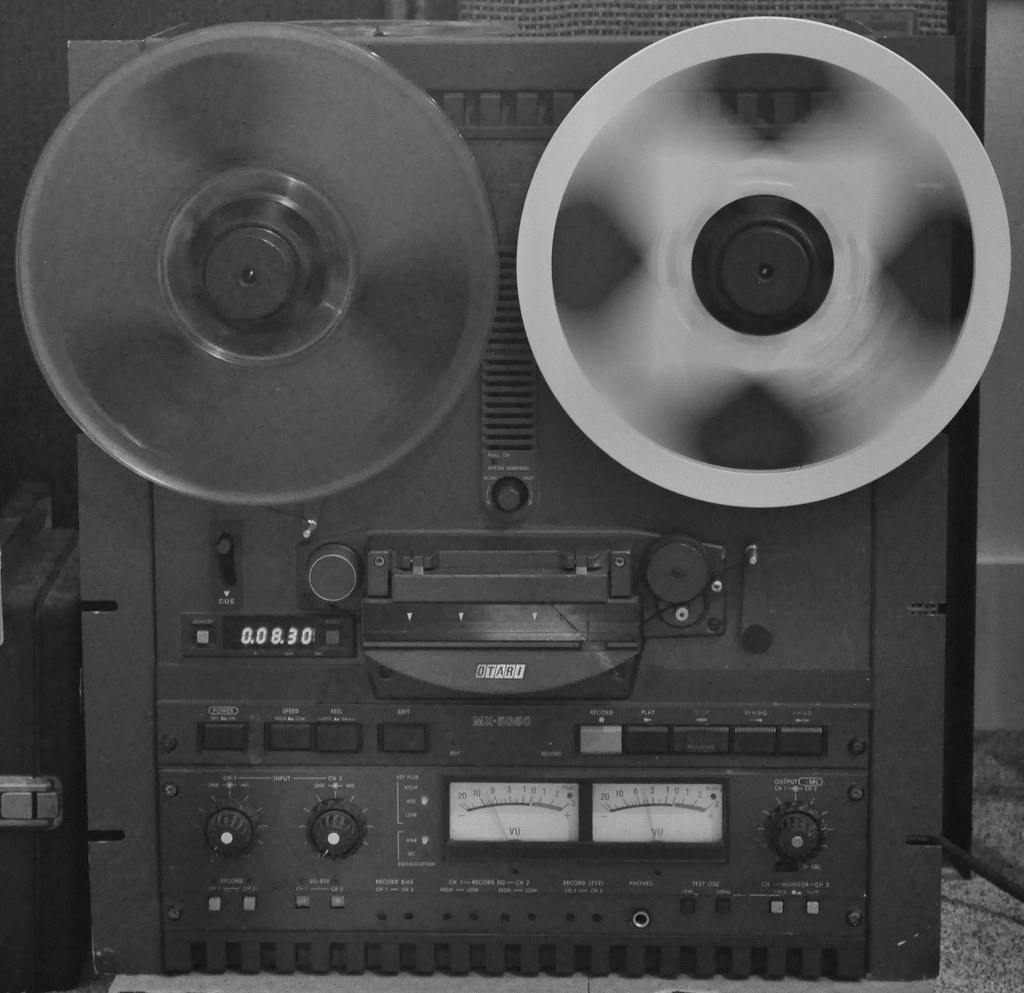Unclevanya
Active Member
- Joined
- Jan 13, 2020
- Messages
- 153
- Likes
- 105
Data: https://www.google.com/url?sa=t&sou...Vaw3d9HViEGXRElGteVO_r8ub&cshid=1579124915052
Now clearly this assumes that adding a dac/adc stage is not destroying what's loved about analog. I can't argue that there might not be some hidden disconnection from the vinyl experience. But this type of comparison is the best I can find.
I do recall reports of subjective measurements in a double blind study where the emotional responses of listeners was inferred based on body language and movements and the analog/tube system was shown to give stronger positive emotional reactions.
But that test could really have been measuring nostalgia rather than music. The test was also long ago and I cannot find it now. The data could be skewed by intentional or unintentional failures of setting up the comparison conditions.
I can also remember the early days when CD's were first introduced and they were shown to be superior by the measurements of the day. My Revox unit was a ghastly expensive product that was vastly inferior to my heavily modified AR XA turntable, Premier SST tonearm and Supex 900 low output Moving Coil cartridge fed into a Sota head end before reaching my Luxman L100 phono stage... Or were the early CD's junk? Poor mastering and bad source tapes perhaps?
But the Revox B225 was if memory serves a 14bit DAC maybe oversampling 2x? Maybe not at all? It had a brick wall filter and while it tried it wasn't up to today's standards. It was built fantastically. Per this user it can be dramatically improved http://www.lampizator.eu/lampizator/REFERENCES/Revox B225/RevoxB225.html
My point is that I'd love to see similar comparison on emotional reactions done using modern equipment and samples of listeners that likely don't all remember Vinyl with nostalgia.
Now clearly this assumes that adding a dac/adc stage is not destroying what's loved about analog. I can't argue that there might not be some hidden disconnection from the vinyl experience. But this type of comparison is the best I can find.
I do recall reports of subjective measurements in a double blind study where the emotional responses of listeners was inferred based on body language and movements and the analog/tube system was shown to give stronger positive emotional reactions.
But that test could really have been measuring nostalgia rather than music. The test was also long ago and I cannot find it now. The data could be skewed by intentional or unintentional failures of setting up the comparison conditions.
I can also remember the early days when CD's were first introduced and they were shown to be superior by the measurements of the day. My Revox unit was a ghastly expensive product that was vastly inferior to my heavily modified AR XA turntable, Premier SST tonearm and Supex 900 low output Moving Coil cartridge fed into a Sota head end before reaching my Luxman L100 phono stage... Or were the early CD's junk? Poor mastering and bad source tapes perhaps?
But the Revox B225 was if memory serves a 14bit DAC maybe oversampling 2x? Maybe not at all? It had a brick wall filter and while it tried it wasn't up to today's standards. It was built fantastically. Per this user it can be dramatically improved http://www.lampizator.eu/lampizator/REFERENCES/Revox B225/RevoxB225.html
My point is that I'd love to see similar comparison on emotional reactions done using modern equipment and samples of listeners that likely don't all remember Vinyl with nostalgia.

 Otari MX5050 010215 2
Otari MX5050 010215 2